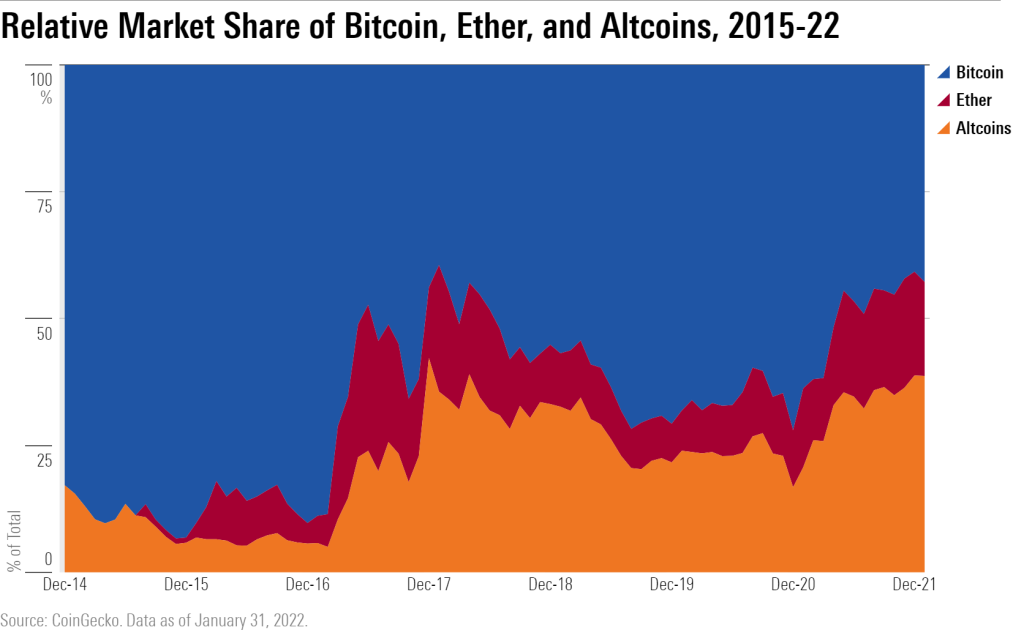The cryptocurrency market has undergone a remarkable transformation over the past decade. From a niche interest for tech enthusiasts to a mainstream financial phenomenon, digital assets have redefined the global economy. Let’s explore the key events that shaped the crypto landscape and what the future holds.
Key Events in the Last 10 Years
1. The Rise of Bitcoin (2013–2017)
Bitcoin, the first cryptocurrency, gained widespread attention in 2013 when its price surged past $1,000. By 2017, Bitcoin reached an all-time high of nearly $20,000, driven by growing investor interest and mainstream media coverage.
2. The ICO Boom (2017–2018)
Initial Coin Offerings (ICOs) became a popular fundraising method for blockchain projects. Many startups raised millions, but the lack of regulation led to scams and failed projects, causing market skepticism.
3. The Crypto Winter (2018–2019)
After the ICO bubble burst, the market experienced a severe downturn, with Bitcoin dropping to $3,000. This period, known as the “crypto winter,” led to industry consolidation and the rise of more robust blockchain projects.
4. The DeFi and NFT Explosion (2020–2021)
Decentralized Finance (DeFi) platforms like Uniswap and Compound revolutionized lending and trading. At the same time, Non-Fungible Tokens (NFTs) gained popularity, with digital art pieces selling for millions.
5. Institutional Adoption and Regulation (2021–2023)
Major financial institutions, including Tesla and PayPal, started accepting Bitcoin. Governments began developing regulatory frameworks, increasing legitimacy but also raising concerns over control and taxation.
6. The Crypto Crash and Recovery (2022–2024)
Market volatility continued, with major collapses such as Terra (LUNA) and FTX shaking investor confidence. However, Bitcoin and Ethereum rebounded as institutional investments grew and new blockchain innovations emerged.
Future Forecasts for Cryptocurrency

- Mass Adoption: More countries will integrate cryptocurrencies into their financial systems.
- Regulation: Stricter policies will provide stability but may also limit certain aspects of decentralization.
- Bitcoin’s Role: As the first and most dominant cryptocurrency, Bitcoin will likely remain a store of value.
- AI and Blockchain Integration: The fusion of AI and blockchain will enhance security, automation, and efficiency in decentralized applications.
- Emerging Markets: Crypto adoption in developing countries will continue to rise as an alternative to unstable national currencies.
Stay Updated on Crypto Trends
For more in-depth analysis and insights on cryptocurrency trends, visit https://datosfaciles.com/, your go-to platform for clear and concise data on finance, technology, and beyond.
